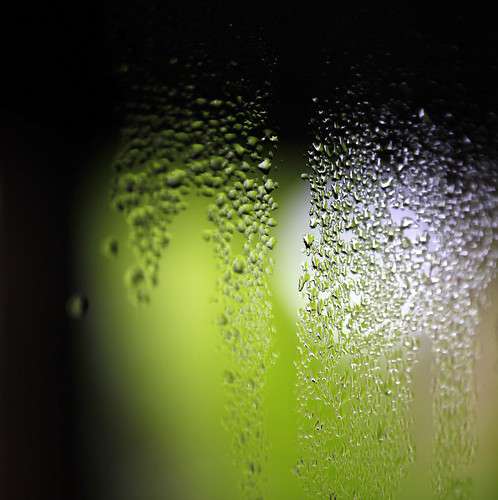
Moisture can change the color of fabrics in deliberate, overt ways or create subtle color shifts nearly imperceptible to the human eye. Image Source: Pexels user snapwiresnaps.tumblr.com
The Unseen Emporium in London, England is more of a laboratory than a design house. Through a daring and innovative combination of fashion, chemistry, and digital technologies, the three masterminds behind the label work to produce dynamic clothing, accessories, and lifestyle goods that respond to their environments based on specific stimulants.1 Among their most eye-catching creations are extravagantly tailored leather jackets that change color as the humidity in the room fluctuates, the moisture level creating vivid chromatic shifts. The phenomenon of hydrochromism—color change in response to water—has heretofore primarily been intentionally implemented in the textile industry as a novelty in the form of color-changing umbrellas and swimwear. The Unseen Emporium, however, is bringing it to a new level of artistry.
But hydrochromic textiles are not a recent invention. Although deliberately moisture-sensitive dyes with dramatic color changes may be in their infancy, some level of hydrochromism is inherent to most textiles already in use today, often to the consternation of textile manufacturers.

Dark cotton fabrics will display a greater degree of color change in the presence of moisture. Image Source: Pexels user snapwiresnaps.tumblr.com


